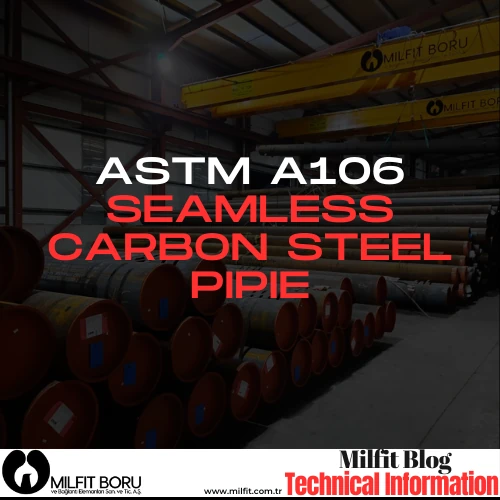Each grade within the classification has distinct properties and characteristics that make it suitable for particular operating conditions. By understanding the differences between these grades, users can select the

“Welcome to the “Seamless Steel Pipe Category” main page, where we explore the fascinating world of seamless steel pipes. As a reliable source of information, we aim to provide you with valuable insights into the diverse range of applications, benefits, and considerations associated with seamless steel pipes.
Seamless steel pipes have gained immense popularity in various industries due to their exceptional strength, durability, and efficiency. With their seamless construction, these pipes offer numerous advantages such as improved flow characteristics, enhanced resistance to corrosion, and superior structural integrity. Whether it’s for fluid transportation, high-pressure applications, or critical structural support, seamless steel pipes are the go-to choice for many professionals.
In our comprehensive category, we cover a wide array of topics related to seamless steel pipes. From discussing different manufacturing processes to exploring various grades, dimensions, and standards, we provide you with in-depth information to help you make informed decisions for your specific projects.
Our dedicated team of experts has meticulously curated content to ensure you have access to accurate and up-to-date information. We strive to present the content in a user-friendly manner, making it easy for both industry professionals and enthusiasts to grasp the concepts and details surrounding seamless steel pipes.
Whether you’re seeking detailed technical specifications, design guidelines, or industry best practices, our “Seamless Steel Pipe Category” main page serves as your comprehensive resource. Explore our subcategories, engage with our informative articles, and unlock the potential of seamless steel pipes for your projects.

Each grade within the classification has distinct properties and characteristics that make it suitable for particular operating conditions. By understanding the differences between these grades, users can select the

ASTM A106 covers different grades and variations to cater to diverse industry requirements. The standard includes three grades: Grade A, Grade B, and Grade C. Each grade has specific chemical composition and

P255QL: Material grade designation for a quenched and tempered steel tube with a minimum yield strength of 255 MPa and low temperature properties (the “P” indicates specific purposes, “255” denotes the
The page you requested could not be found. Try refining your search, or use the navigation above to locate the post.
Request a Quote for our Products
Subscribe to our Newsletter
Follow us on our social media accounts